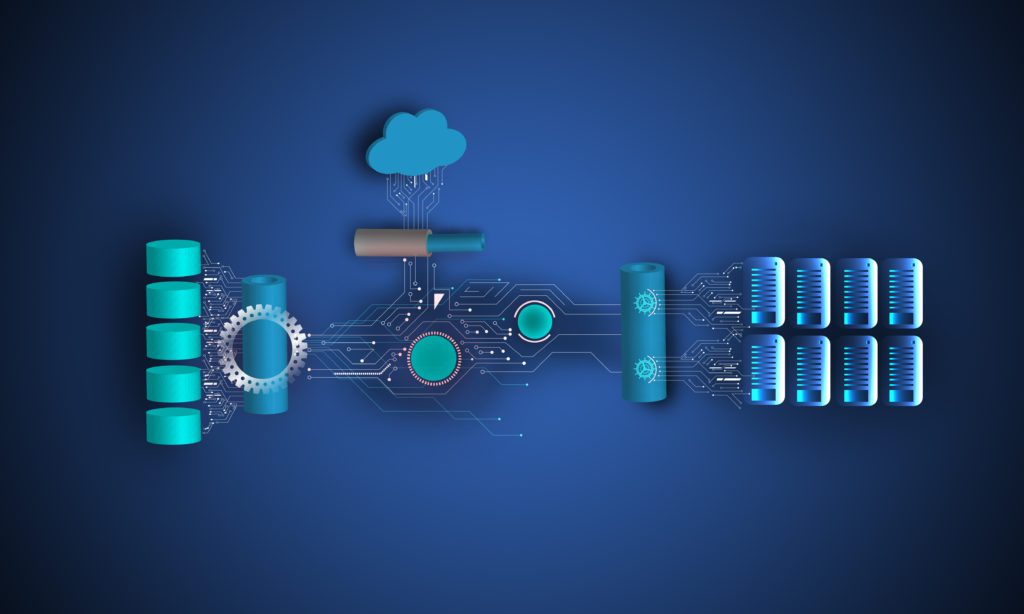
Application integration and data integration are approaches taken by organizations to utilize data from different systems, but they meet different needs. They are the two of the most talked-about concepts in the world of IT and data, essentially involving data management. Yet, the concepts of application integration and data integration are deeply different, especially when it comes to how they are used and for what they are used.
And, while they are often incorrectly treated as the same both have the same goal — to make data more accessible and functional for the end-user. Now, as more and more companies across the broad spectrum of industries kick off their digital transformation journeys, confusion about the choice between data integration and app integration is bound to arise.

Data Integration is batch-orientated and it deals with data at rest. This is based on the adoption of relational databases with the need to move information between them. In other words, the process that created the data has already been completed. On the other hand, Application Integration deals with the integration of live operational data in real-time between two or more applications.
So, if you too are planning to start or have already initiated your business’ digital transformation journey but are stuck deciding between app integration and data integration, here is a handy guide that will help you comprehend the intricacies of each of the two processes.
Application integration: It refers to the creation of connectors between two or more apps to ensure they can operate together.
- Better functionality: The union of different apps’ many functionalities enhances efficiency, productivity, etc.
- Time savings: Data integrated from different apps cut down the effort involved in the manual transportation of data.
Data integration: It refers to the process of transforming data from various sources and of different formats into one data set.
- Data accessibility: Data integration brings together data from various sources and locations, thus making it easier to access extensive insights which, in turn, enable companies to achieve better levels of innovation and collaboration.
- Improved data integrity: One of the key factors about data is that incomplete data or error-prone data takes a toll on data quality. This can be addressed via data integration tools which can determine low-quality data.
Time to take a look at some of the key points of difference between application integration and data integration.
- Speed of data transformation: The process of application integration involves dealing with small data sets in real-time; this allows companies to speed up their response times to performance-related problems, new information, etc. as soon as they emerge. On the other hand, data integration deals with data in batches, typically once the processes have been executed. This allows companies to achieve high levels of data quality and also do away with redundancies.
- Organizational management: Application integration, managed by DevOps, helps connect apps to set up efficient workflows via existing integration platforms or custom integrations. Whereas data integration, managed by DataOps, is all about data management and data orchestration for the business.
Now, let us also take a look at when one can use application integration and data integration:
- Application integration: Experts advise that companies should opt for application integration when their requirements to engage and interact with their data are evolving in real-time.
- Data integration: Data integration is generally advised when a company feels the need to unite and analyze static data.
Finally, the use cases:
- Application integration:
- Syncing legacy ERPs with CRMs
- Data collection from IoT devices
- Data integration:
- Consolidation of customer data
- Switching to hybrid cloud or multicolor environment
Now, the only thing you need to remember is that the choice between opting for enterprise application integration and data integration will be based on your business’s unique requirements. So, be sure to carefully evaluate these requirements before making the final call.
